Bardsey Island - Ynys Enlli - The Island of Tides
PILGRIMAGE UK: HOLY PLACES
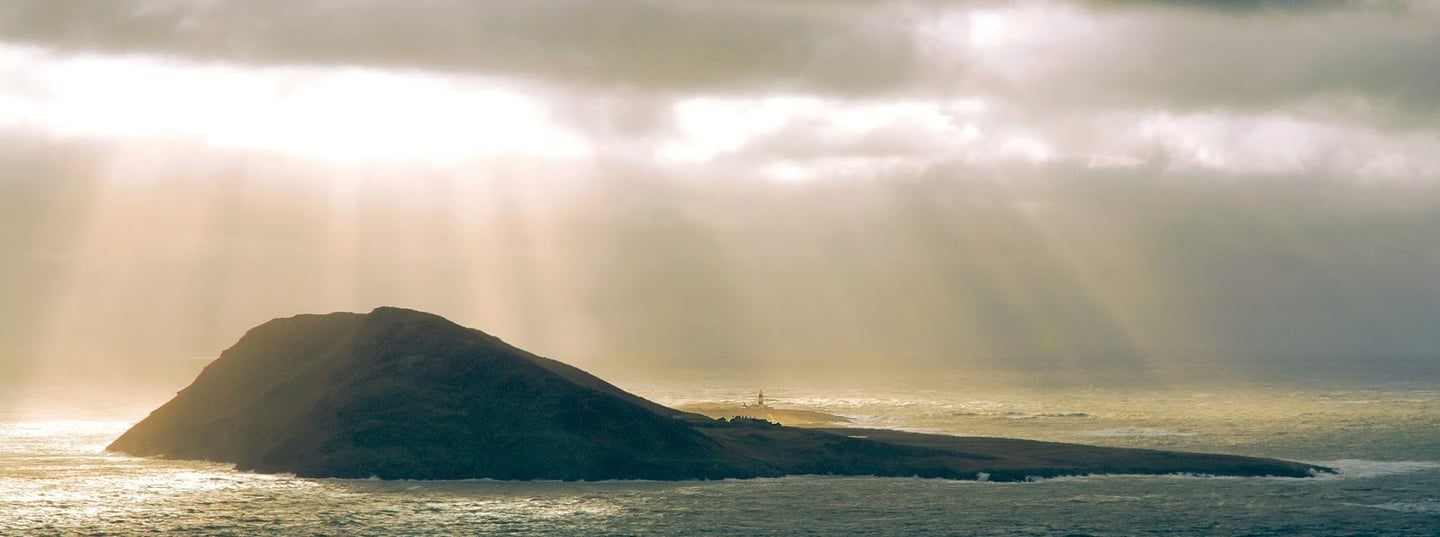

There is a profound serenity that envelopes Bardsey Island, known in Welsh as Ynys Enlli, marking it as one of the most hallowed pilgrimage sites in Wales. Long revered as “the isle of 20,000 saints,” this rugged outpost in the Irish Sea has been a magnet for Catholic pilgrims since the early medieval period. Here, the ancient legacy of Celtic Christianity converges with wild natural beauty to create a pilgrimage experience that nurtures the soul and deepens one’s connection with the divine.
Arriving on Bardsey Island is an adventure in itself. Accessible only by a short boat ride from the mainland, the journey over restless tides provides the pilgrim with an immediate sense of undertaking a sacred passage. As your vessel approaches the island, the dramatic coastline, rugged cliffs and the ceaseless dance of the sea evoke a palpable mysticism. It is in this moment that one realises this isolated haven is not merely a geographical location, but a “thin place” where the boundaries between this world and eternity seem astonishingly porous.
Once ashore, the landscape unfolds with a quiet majesty that has sustained generations of faithful travellers. The island’s terrain is punctuated by ancient stone crosses, the remnants of modest chapels, and a meagre yet poignant abbey ruin that speaks of a deep spiritual past. For centuries, Bardsey has served as a repository of sacred memory: a place where saints once walked, where miracles were believed to occur, and where the faithful came to seek healing, solace, and a renewed sense of purpose.
Walking along the narrow paths that wind through heath-covered hills and wildflower meadows, the modern pilgrim is immediately drawn into the rhythm of nature. The gentle murmur of the wind through gorse and the distant crash of the surf become part of a natural liturgy that encourages contemplation. Here, solitude is profound yet welcoming—a quiet invitation to leave behind the distractions of contemporary life and enter a state of personal communion with God. In the stillness of the open landscape, where every stone and clump of driftwood seems imbued with history, one cannot help but sense the abiding presence of a vocation that stretches back to the earliest days of Celtic faith.
Bardsey Island’s spiritual significance is firmly rooted in its historical context. It was long considered a destination of pilgrimage on par with the great holy sites of Europe. The island is linked with numerous early saints, and local tradition holds that many holy men and women found refuge here, composing a living tapestry of celibate piety and ascetic discipline in the wild. Over time, Bardsey became not merely a destination for solitary seekers but also a fulcrum for communal prayer and reflection. Even in the modern era, organised pilgrimages are held on the island during the summer months, when small groups gather to celebrate the ancient heritage with informal Masses and prayer services in the modest chapel and oratory.
The journey across Bardsey reveals an encouraging dialogue between the physical and the spiritual. As you traverse the well-worn footpaths and stoop to admire the weathered inscriptions on stone, you are reminded of the enduring truth that God has spoken through the lives of those who came before. The natural surroundings—endless skies, the untamed ocean and the windswept moorlands—offer a living backdrop to an interior pilgrimage marked by shedding oneself of earthly burdens. In this sacred environment, the lessons of the early Celtic Church remain vibrant: that spiritual renewal is achieved not through ostentation, but through simplicity, humility and a deep respect for creation.
For Catholic pilgrims, Bardsey Island is a testament to a spirituality that honours both solitude and community. Its storied past is interwoven with the lives of notable figures who dedicated themselves to a life of piety and service. While the specific names of these venerable souls echo faintly in ancient manuscripts and local lore, what endures is the spirit of charity, penance and mystical communion that characterised early Celtic spirituality. In the quiet aftermath of a challenging boat ride and a long walk upon the island’s rugged terrain, the pilgrim is invited to listen—to hear not only the natural cadence of wind and water but also the faint echoes of pastoral care and devotion that have transcended the ages.
The beauty of Bardsey is not confined solely to its historical and spiritual attributes. The island’s natural environment is breathtaking, where steep cliffs overlook vast expanses of the Irish Sea and gentle bays embrace the shoreline. From many vantage points, the view extends across sparkling waters to distant headlands, and the ever-changing light of sunrise and sunset transforms the countryside into shifting tapestries of colour. Such scenes inspire an internal reverence, prompting many to reflect on the mystery and grandeur of creation itself. The interplay of light on water and the timeless motion of the tides serve as constant reminders that divine creation is as dynamic as it is eternal.
In a modern context, Bardsey Island offers every pilgrim a room for healing and an oasis for inner stillness. As urban life continues at a hectic pace, the island’s isolation provides a much-needed counterpoint—a sanctuary where one can truly disconnect from the incessant buzz of technology and reconnect with a more elemental form of spirituality. It is a place where a solitary prayer or a shared meditative silence feels as if it reaches out into eternity, echoing the ancient call of the saints who once trod these same paths.
In contemplating Bardsey, one is drawn to consider the broader theological implications of pilgrimage. The very act of journeying to such a sacred site is a living instantiation of the medieval concept of pilgrimage as both a physical and spiritual exercise. Over the centuries, the faithful have understood the pilgrimage not just as an act of devotion but as a transformative process—a journey inward, where every step is accompanied by the gradual unburdening of the soul and a renewed clarity of purpose. For the Catholic pilgrim, this journey is mirrored in the natural world; the island itself, with its wild, unrestrained beauty, stands as a reminder that God’s presence is manifest in every corner of creation, no matter how remote.
While contemporary theological discourse often emphasises the universal call to holiness, Bardsey Island, with its distinctive Celtic heritage, stands out as a symbol of a particular kind of mysticism—a mysticism that values the integration of faith with the lived experience of nature. The reflections of the early Celtic monks, though often expressed in hushed tones and simple gestures, resonate deeply here. Their message is one of hope, resilience and an intimate companionship with the natural order. Pilgrims returning from Bardsey often describe a rejuvenation of spirit—a reconnection with the quiet truths that lie at the heart of the Catholic faith.
The communal aspect of the Bardsey pilgrimage is equally significant. During organised retreats, small groups of faithful gather to share in the ancient rhythm of prayer and to support one another on their spiritual journeys. In these moments of collective reflection, differences dissolve, and the ancient communal bonds of Celtic spirituality assert themselves anew, uniting all in the common purpose of seeking and glorifying the divine. The quiet simplicity of the island—a place where grandeur is conveyed through the sheer force of natural beauty and historical depth rather than ostentatious display—ensures that every pilgrim, whether a seasoned traveller or a first-time visitor, is welcomed into a profound and transformative sacred space.
In the end, Bardsey Island is much more than a destination marked on the map of Catholic pilgrimage; it is a living, breathing testimony to a way of life that honours the intertwined gifts of history, nature, and faith. It calls the modern pilgrim to slow down and to listen—as the waves lap against ancient stone and the wind whistles through overgrown paths, one cannot help but be reminded that the call of holiness is both timeless and urgent. Bardsey offers a rare opportunity to embrace a tradition that is at once uniquely local and universally resonant, a tradition that continues to inspire a desire to seek God in every moment.
As you leave the island, whether after a few hours of reflective solitude or a longer retreat spent in guided prayer, you carry with you an indelible sense of grace. The memory of Bardsey’s rugged cliffs, its ancient abbey ruins, and the murmuring sea will linger in your heart—a continuous reminder that the pilgrimage, in its many forms, is both an outward journey into history and an inward quest for truth and reconciliation with the divine. In this sacred meeting place of myths and miracles, the legacy of Celtic spirituality endures, lighting the path for those who journey onward in faith.
Bardsey Island: A Sacred Pilgrimage of Celtic Catholicity and Natural Grace
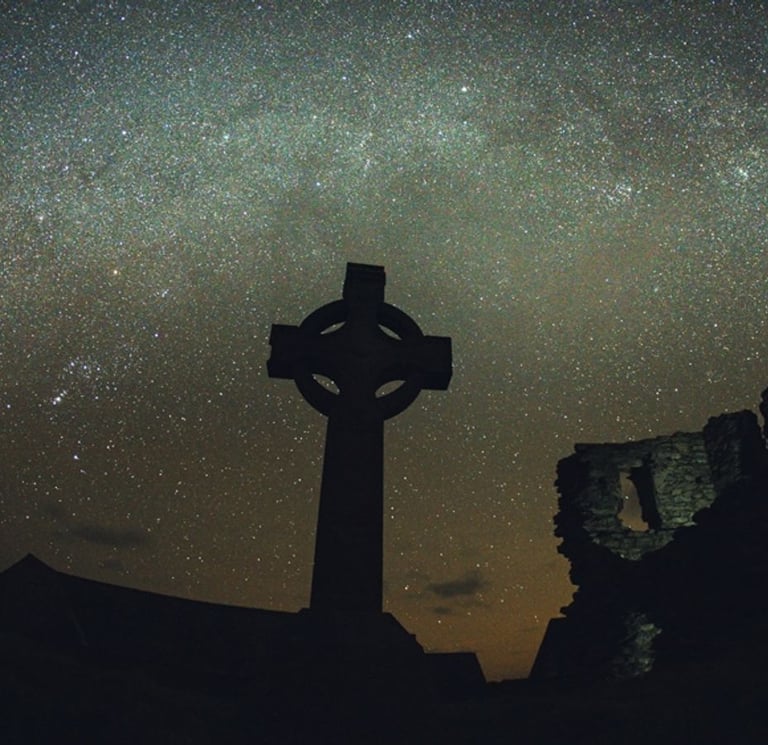

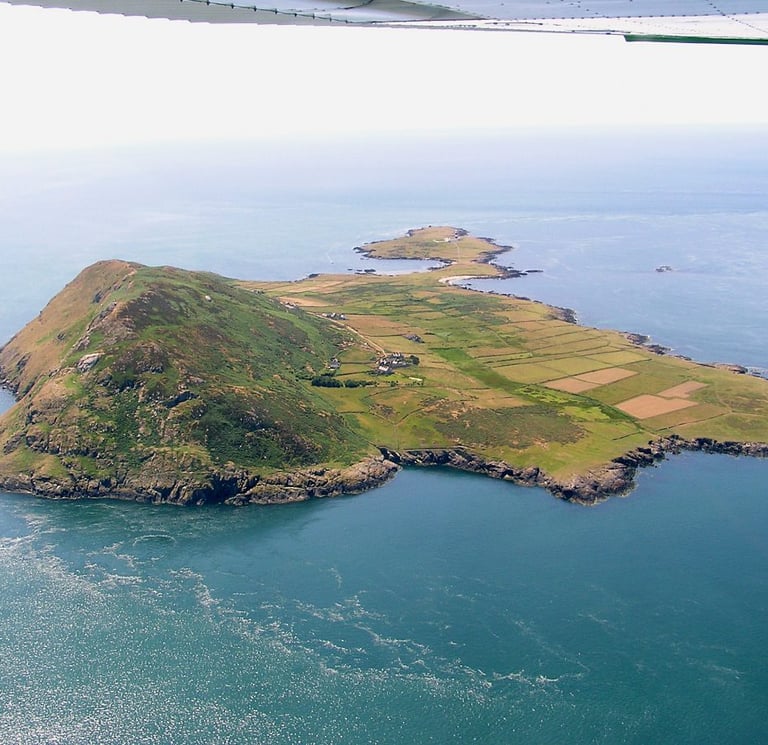

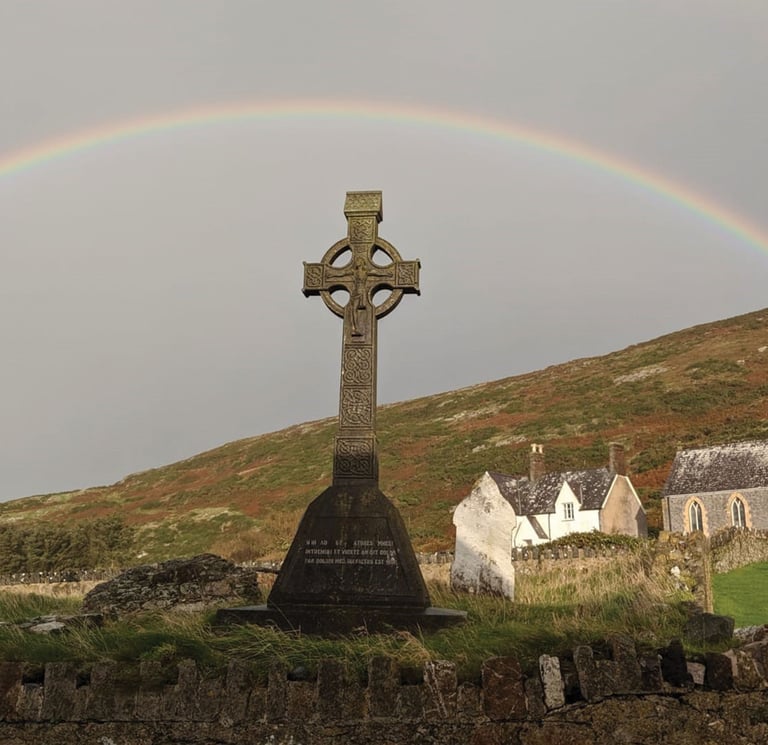

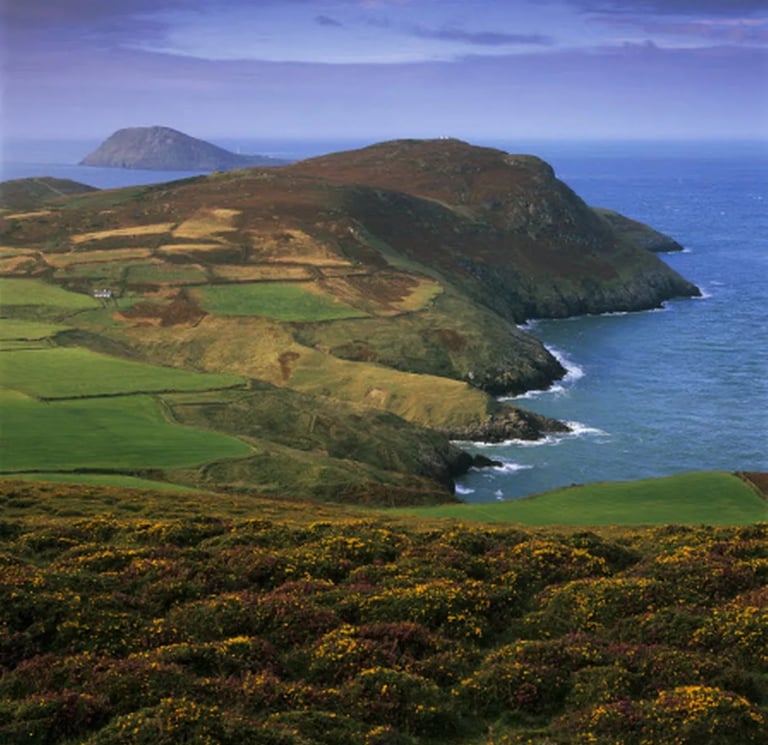

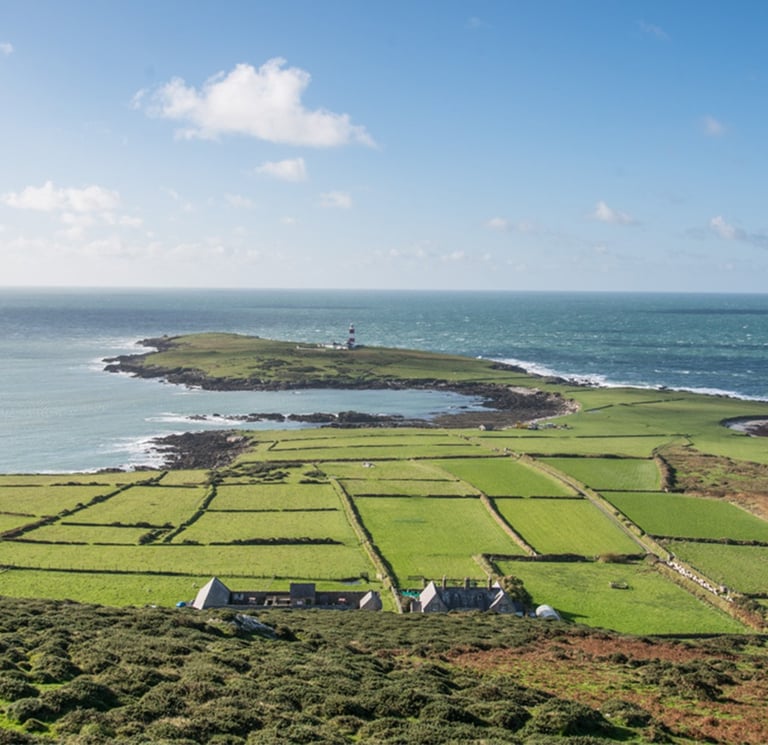


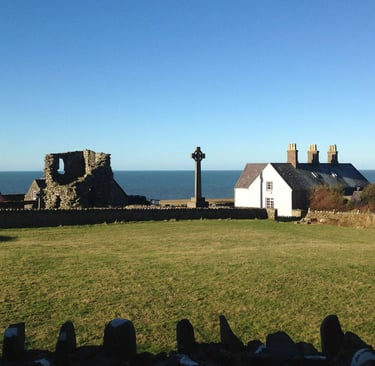
Ancient Apostolic Catholic Church
Embracing faith, inclusion, and compassionate service together.
ST THOMAS AQUINAS SEMINARY
© 2025. All rights reserved
QUICK LINKS
